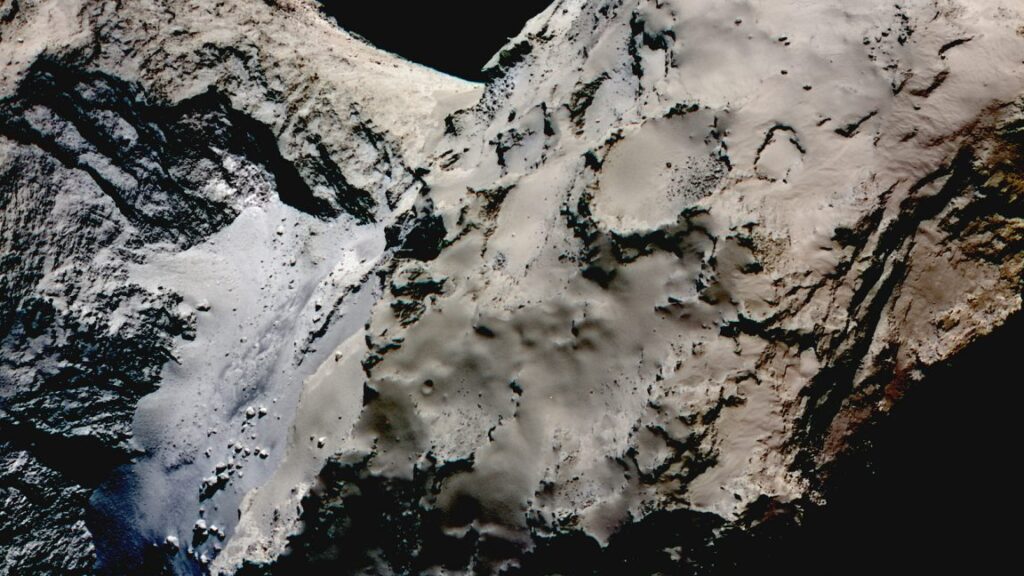
Credit:
SpaceX
NASA astronauts Bob Behnken and Doug Hurley inside Crew Dragon. With their mission in 2020, NASA broke its dependence on Russia for access to space.
Credit:
SpaceX
16. Detection of gravitational waves
Although he theorized about their existence a century ago, eminent physicist Albert Einstein was not sure humans could ever detect the faint echoes of gravitational waves traveling across the vastness of space. Nevertheless, experimental physicists strived to do that for decades. Then, in February 2016, two LIGO observatories announced that they had detected gravitational waves coming from two merging black holes.
This marked a triumphant moment for experimental physics and confirmed a key tenet of Einstein’s general relativity. Now, these observatories have given physicists a powerful new tool to observe violent astrophysics from afar. Since the initial discovery nearly a decade ago, physicists have detected eight additional gravitational waves from a variety of astrophysical phenomena.
15. Rise of space tourism
In April 2001, an engineer and businessman named Dennis Tito launched into orbit on board a Russian Soyuz spacecraft. He was the first private space tourist. A little more than three years later, the experimental spaceplane SpaceShipOne, designed by Burt Rutan and flown by Mike Melvill, reached an altitude of 100.1 km. This was the first privately funded human spaceflight.
Then, for nearly two decades, private space tourism floundered. There were a handful of commercial flights on Soyuz. But it wasn’t until the summer of 2021 that things took off, first with Virgin Galactic’s VSS Unity spacecraft and then Blue Origin’s New Shepard vehicle flying private citizens to suborbital space. Shortly afterward, in September 2021, entrepreneur Jared Isaacman commanded the first private orbital mission, Inspiration4, on Crew Dragon. In December of that year, the daughter of the first American, Laura Shepard-Churchley, followed in her father’s footsteps by flying a similar trajectory on board a spacecraft carrying his name. Private space travel is not yet ubiquitous, but the era is finally opening.
14. Continuous presence on Mars
In early 2004, the Spirit and Opportunity rovers touched down on opposite sides of Mars. Initially designed for 90 days of operations, Spirit functioned until it got stuck in 2009, and it halted communications in 2010. Opportunity proved more tenacious, operating 57 times longer than its planned lifetime. By the time of its final contact with NASA in June 2018, Opportunity had traversed 45 km (28 miles).